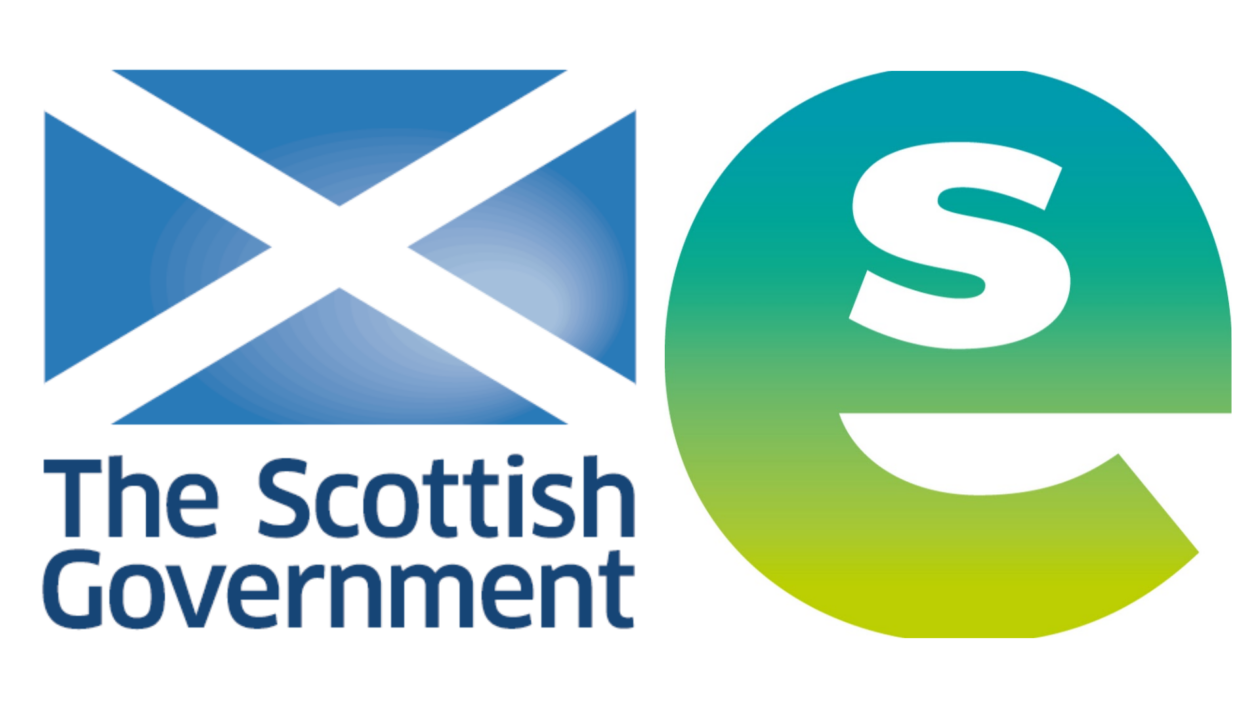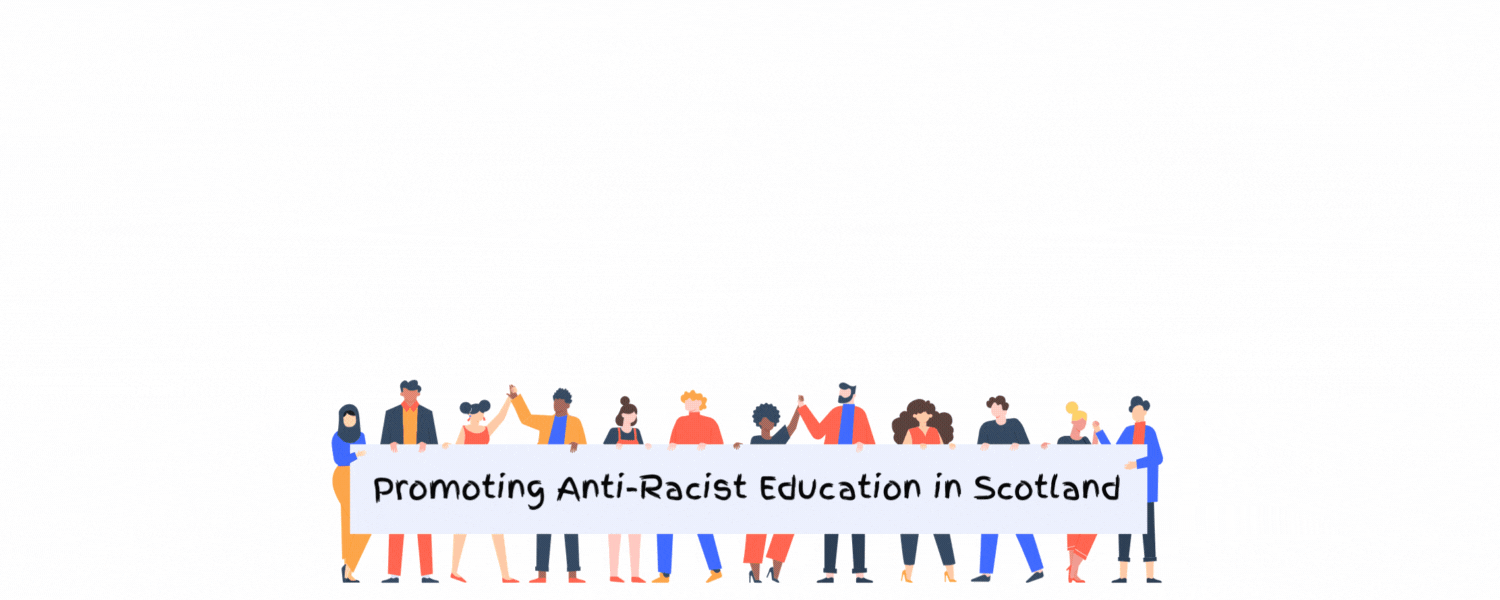Issues to consider with the term ‘racist bullying’
The Scottish Government’s working group looking at Racism and Racist Incidents in education has dropped the term ‘racist bullying’ based on feedback from members and communities of colour. The use of the term ‘bullying’ instead of ‘racism’ can cause offence because it can lead to the dilution and avoidance of the issue of racism. Members from the working group noted the reporting of ‘bullying’ can lead to the under-reporting of racist incidents taking place in education. Educators should be mindful of conflating racism with bullying. Until the publication of more inclusive guidance on dealing with racism and racist incidents, this page will continue to reference and recommend current anti-bullying policies and guidance for immediate support.
What is a racist incident?
The Stephen Lawrence Inquiry (Macpherson report) defined a racist incident as ‘Any incident which is perceived to be racist by the victim or any other person’. There must be a clear message that such incidents will be addressed. Research shows that learner confidence, however, appears to be low, both in the belief that staff have knowledge of the correct processes to follow and also in the efficacy of staff responses. This same research includes an explanation of gas-lighting in schools whereby staff undermine the lived experiences of learners of colour, causing them to question these experiences. To counteract this, learners need safe spaces to explore their identities and experiences and staff will benefit from professional learning to improve their knowledge of process and their confidence in responding to racist incidents. School leadership and local authorities have a crucial role in ensuring there is a clear understanding of what constitutes a racist incident and how this should then be addressed. Learners were similarly low in confidence that Islamophobia would be dealt with effectively.
How should settings respond?
While the guidance below refers to ‘racist bullying,’ educators should be mindful of the potential dilution of the issue of racism as noted in the above section, Issues to consider with the term ‘racist bullying.’
All staff have a responsibility for all children and young people’s health and wellbeing. Any reported or witnessed incident of racist bullying or racism should be acted upon immediately. This should firstly involve a discussion with the child or young person who has reported the incident or with the child or young person who experienced the abuse. Staff should ensure that the views of the young person who has experienced abuse are at the heart of their response. This includes their views on next steps. This is an important way in which staff can support the young person to regain a sense of agency. They should further consider what action is then required, in line with the school policy and process.
Education settings, organisations that provide services for children and young people and local authorities should each have an anti-bullying policy which reflects the national guidance ‘Respect for All: The National Approach to Anti-bullying for Scotland’s Children and Young People’. The national guidance provides the overarching framework for all adults working with children and young people to address all types of bullying, including prejudice-based bullying. Since August 2019, there has also been a new national approach to recording and monitoring incidents of bullying in schools. This guidance emphasises the importance not only of recording but of ensuring appropriate action in response to incidents. The national guidance on addressing inclusion and effectively challenging racism in schools also provides information and guidance to school staff on addressing racist bullying and racist incidents in Scottish schools and has been written to complement Respect for All. It makes clear that it is important to maintain a way of addressing and recording racist incidents which are not part of racist bullying. This may be for example when racist opinions are expressed though not directed at any one individual. Regardless of whether there are Minority Ethnic young people present, this should be addressed and recorded as a racist incident.
A community response to changing attitudes will be more powerful than a setting working alone with learners as it is recognised that children and young people learn from the words and actions of those around them.
When is racism a hate crime?
While the guidance below refers to ‘racist bullying,’ educators should be mindful of the potential dilution of the issue of racism as noted in the above section, Issues to consider with the term ‘racist bullying.’
Bullying can be motivated by prejudice similar to hate crime; however it is important to note that bullying itself is not a crime. The distinction is when criminal conduct has taken place, such as threats, harassment, verbal abuse, written abuse, physical assault, graffiti or a breach of the peace that has been motivated by prejudice. (Citizens Advice Scotland (2020), Racist and religious hate crime) Hate crime is defined through the law as a crime motivated by malice or ill-will towards individuals because of their actual or perceived disability, race, religion, sexual orientation or transgender identity. In 2020/21 in Scotland, there were 3,285 racist hate crimes, a 6% rise from the previous year with a 4% rise reported the year before. It is widely accepted that hate crimes are vastly underreported.
In Scotland, there is a presumption against criminalising children and young people wherever possible unless it is in the public interest. This was reiterated during Lord Bracadale’s Independent Review of Hate Crime Legislation. While recognising the complexity between bullying and hate crime, it was concluded that bullying should not be criminalised under hate crime legislation and the issue should be addressed through policy and policy implementation. The report states that hate crime by children requires a multi-agency response and should focus on behavioural change programmes in order to avoid putting children and young people through the criminal justice system. Adults and children and young people can seek appropriate advice and guidance from Police Scotland if they feel a crime may have taken place.
Reflective questions
- How do we ensure that all members of our learning community have a clear understanding of what constitutes both racism and racist incidents?
- To what extent are staff, parents and learners clear about the processes and confident in addressing racism and racist incidents?
- What long term approaches are adopted to achieve attitude change amongst learners and prevent potential racism and racist incidents?


